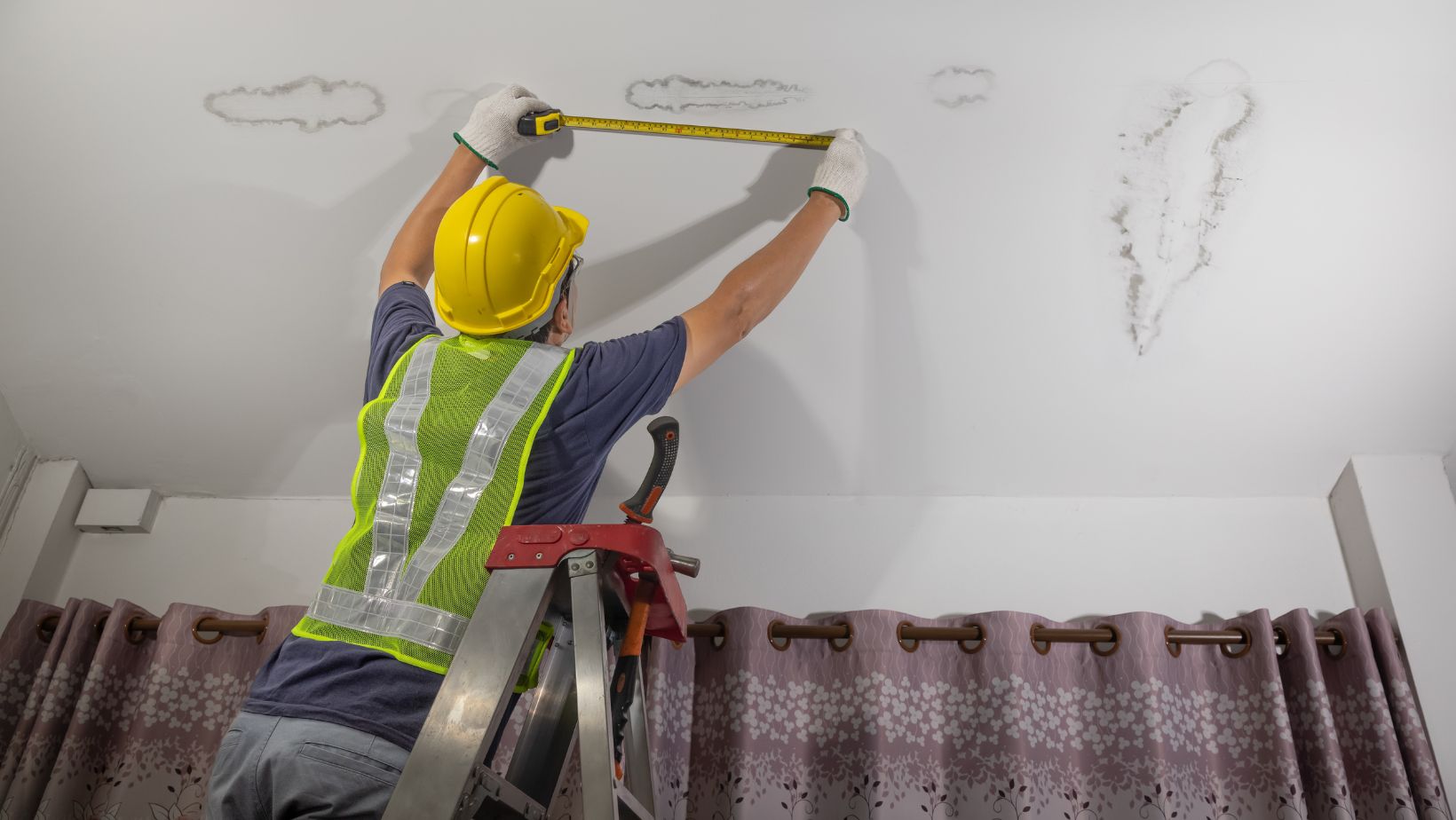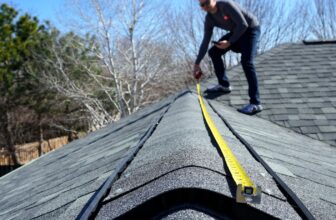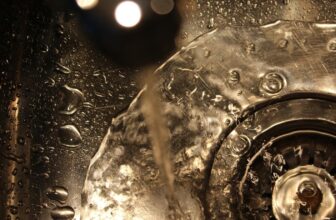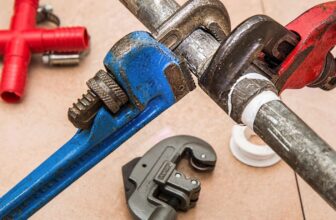
How to Inspect Your Home for Leaks Before the Rainy Season

Houses tend to leak and take on water during the rainy season. Being aware of the potential weak spots beforehand, before the rain starts pouring down, can save you a lot of time, money, and headache. A thorough inspection of your home can reveal those small problems that need fixing before they become big ones. This would mean protection for your property, as well as safety and comfort for your family.
Checking the Roof for Weak Spots
“Your roof is your first layer of defense against rain when it comes to protecting your home. Check for missing, cracked, or curled shingles—these are common areas where water can seep in. Pay extra attention to areas around chimneys, skylights, and vents, as they tend to experience more wear and tear. Chimney repair is especially important, as even small cracks or gaps can lead to significant water intrusion. Any observed damage must be professionally addressed as soon as possible, or at the very least, patched temporarily. Regular roof inspections, especially before the rainy season, can greatly reduce the risk of water-related damage.
Gutter and Downspout inspection
Clogged gutters and downspouts are some of the common causes of water overflow to a home. They should be free from leaves, twigs, and other debris.

These have to be examined for sagging sections or those having leaks around their seams. Downspouts should ferry water at least five feet from the foundation so that pooling cannot occur. A well-maintained gutter system will make sure that rainwater is safely carried away from your premises.
Checking Doors and Windows
Leaks are normally from the doors and windows during heavy rains. Check for wear and gaps around caulking and weather stripping. Interior walls should be checked for water stains or peeling paint near the windows; it could be due to a leak hidden somewhere. Replacing the broken seals and re-caulking them would do the trick to provide a waterproof barrier that would keep the moisture outside. Proper maintenance avoids the possibility of leakage, and it saves energy.
Testing the Plumbing System
Leaky pipes can be a big nuisance during the rainy season: Added moisture in the air puts a new burden on your plumbing system. Check your exposed pipes for rust, cracks, or droplets of water. Similarly, check the areas around sinks, toilets, and water heaters for any signs of moisture or pooling. A water monitoring system, like the one by FloLogic, installed will be able to find leaks well in advance and help you avoid costly repairs later on. For homeowners in Vancouver, working with experts like Kitsilano plumbing can ensure your plumbing system is thoroughly checked and prepared for the season.
Checking the Foundation and Basement
Water may leak into the house especially from foundation and basement areas. The foundation walls and floor should be checked for any cracks because such points provide an easy way for water into the house. On the inner side of your basement, check for damp spots, mold, or that characteristic musty smell. A waterproof sealant on the walls and proper drainage around the foundation will reduce the chance of water coming in. Sump pumps are a good idea for basements that are susceptible to flooding.
Testing Exterior Drainage Systems
Your exterior drainage systems are a part of your home’s protective mechanisms against water. Check that the grading around your home slopes the water away from the foundation. Check your yard for standing water after a rain, which could indicate a drainage problem. This can be accomplished through French drains, trench drains, or other landscaping solutions to re-divert the water.

By correcting these problems on the front end, this will eliminate any water from setting near the home, thus reducing the possibility of leaks.
House Appliance Maintenance
House appliances that carry water in them, like washing machines, dishwashers, and refrigerators, are all sources of leaks.Their hoses should be checked for wear, cracks, or leaks at connections. Assure also that all appliances are working properly and that drain lines are not clogged. Replace those worn hoses and malfunctioning parts in order to avoid getting sudden water damage this rainy season.
A comprehensive home check before the rainy season is quite fundamental in ensuring there are no water damages and leakages. Taking remedial steps with regard to roofs, gutters, windows, plumbing, foundation, and drainage systems will always be one step ahead in avoiding probable leaks. That savings along with peace of mind when storms roll in should make for an appetizing pre-storm proactive solution.




